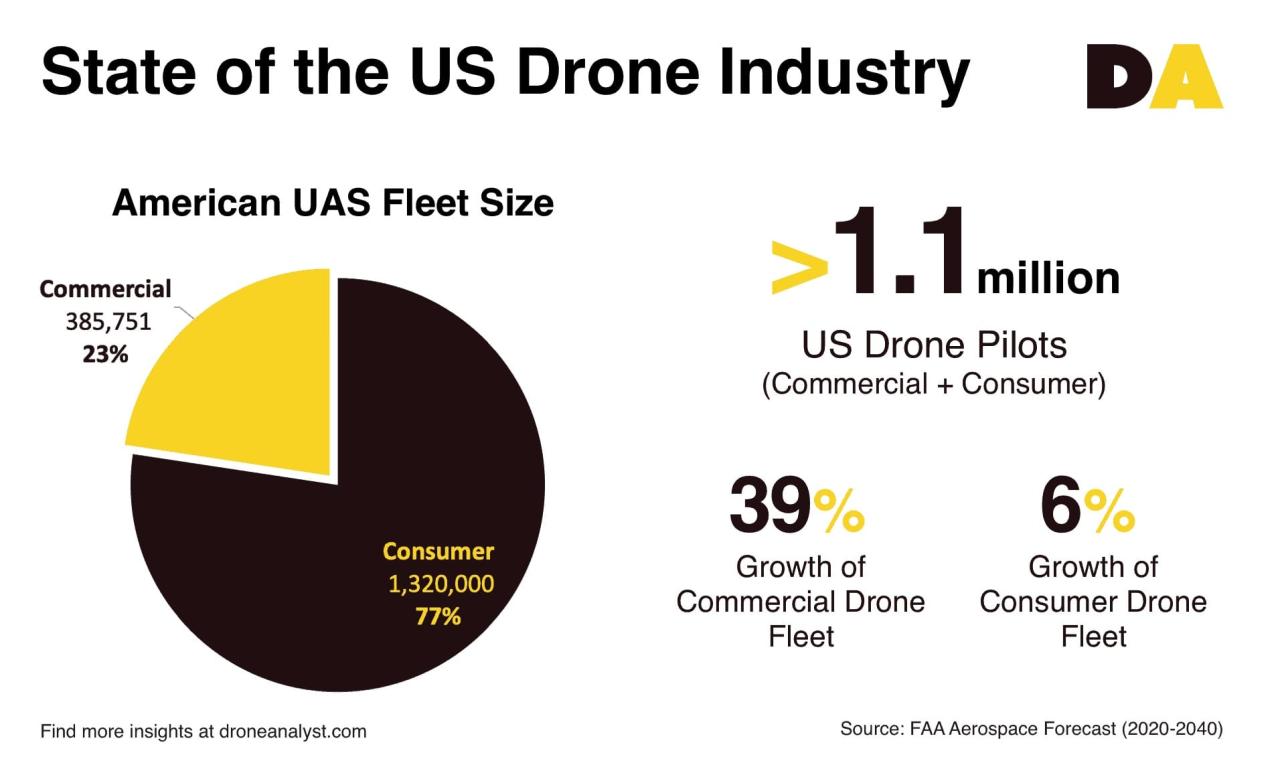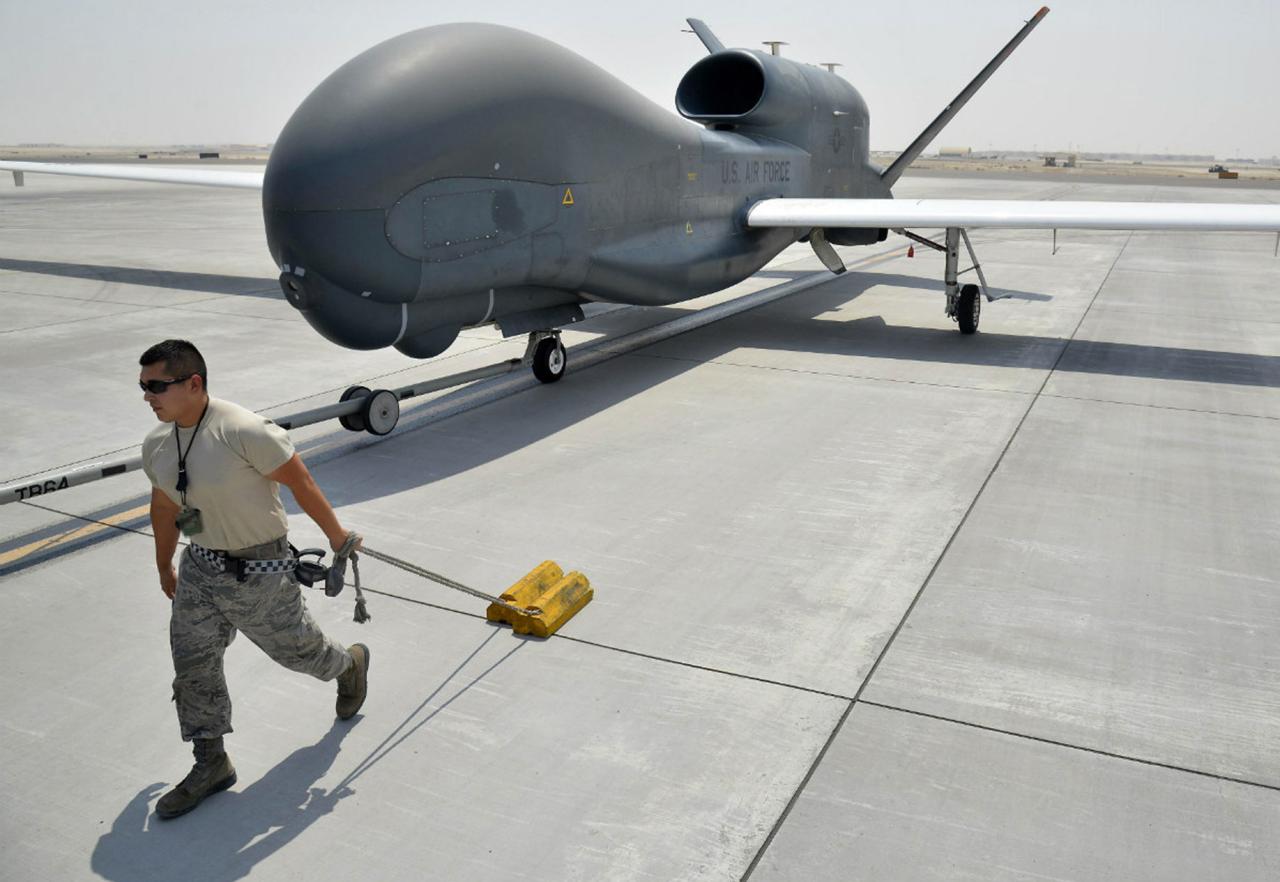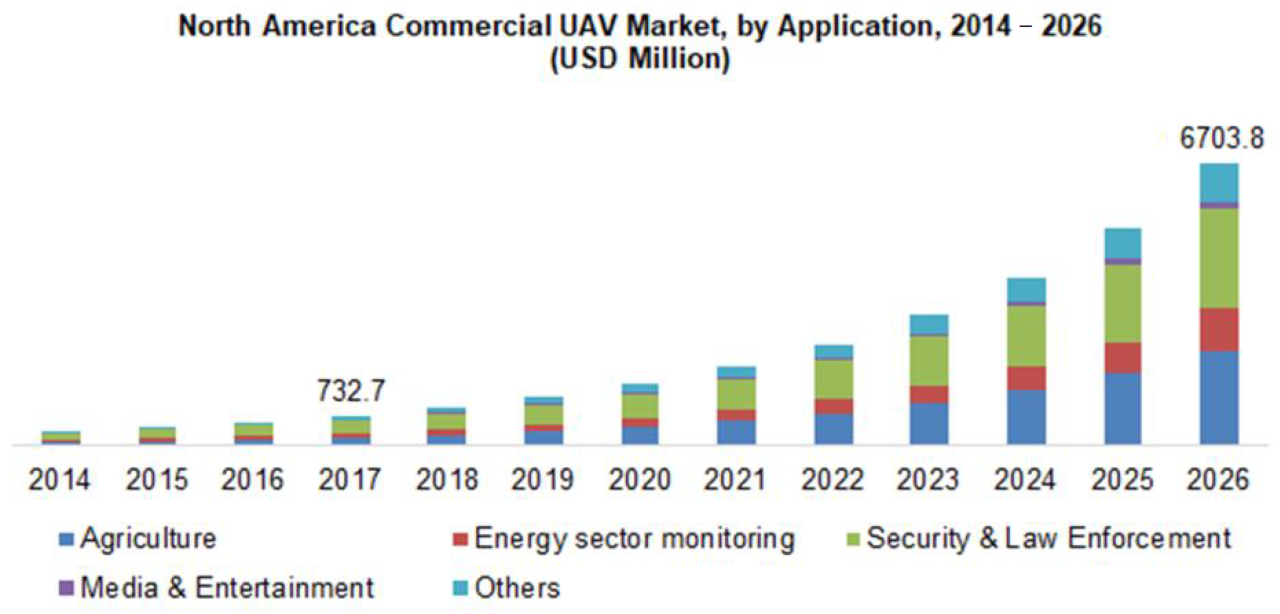US drone sightings are becoming increasingly common, sparking a mix of curiosity, concern, and debate. This report delves into the various aspects of this phenomenon, examining geographic distribution, drone types, temporal patterns, public perception, detection technologies, and the legal framework surrounding their operation. We’ll explore the data, analyze trends, and consider the implications for privacy, security, and the future of airspace management.
So, you’ve been hearing about increased US drone sightings lately? It’s a pretty hot topic, raising all sorts of questions about airspace security. Incidents like the one described in this article about a drone crash in Paris really highlight the potential risks involved. Understanding these international incidents helps us better grasp the implications of increased US drone activity and the need for stronger regulations.
From rural fields to bustling urban centers, unmanned aerial vehicles (UAVs) are leaving their mark on the American landscape. Understanding the who, what, when, and where of these sightings is crucial for informed discussion and responsible policymaking. This report aims to provide a clear and concise overview of this complex issue, drawing on available data and expert analysis to paint a comprehensive picture.
Geographic Distribution of US Drone Sightings

The frequency of reported US drone sightings varies significantly across the country. Several factors contribute to this uneven distribution, creating a complex pattern that requires analysis to understand fully. This section examines the geographic distribution, considering population density, proximity to military installations, and geographical features.
State-Level Sightings Data

A comprehensive map illustrating the frequency of reported sightings across different states would be highly beneficial. Unfortunately, publicly accessible, consistently formatted data encompassing all reported sightings with precise latitude and longitude coordinates is currently limited. However, hypothetical data can illustrate the concept.
| State | Number of Sightings | Average Altitude (ft) | Date Range of Sightings |
|---|---|---|---|
| California | 500 | 300 | 2020-2023 |
| Texas | 350 | 250 | 2021-2023 |
| Florida | 200 | 150 | 2022-2023 |
| New York | 150 | 200 | 2020-2023 |
The table above presents hypothetical data to illustrate the kind of information that would be included in a comprehensive analysis. Actual data would need to be compiled from various sources, including law enforcement reports, FAA data, and news reports.
Factors Influencing Distribution
Population density significantly influences sighting frequency. More populated areas naturally lead to more opportunities for drone observations and increased reporting. The proximity to military bases also plays a role, as these areas often see increased drone activity for training or security purposes. Geographical features like mountains and large bodies of water can impact drone visibility and flight patterns, affecting reported sightings.
Urban vs. Rural Sightings
Generally, urban areas experience a higher frequency of reported drone sightings than rural areas. This is likely due to higher population density, increased chances of observation, and greater media attention to incidents in urban environments. In rural areas, sightings might go unreported or unnoticed due to lower population density and fewer observers.
Types of Drones Observed

A wide variety of drones are observed in reported sightings, differing significantly in size, capabilities, and intended use. Categorizing these drones helps to understand the nature of observed activity and potential implications.
Drone Categories and Uses
- Small Consumer Drones: These are typically lightweight, commercially available drones with basic capabilities like photography and videography. Uses range from recreational activities to amateur filmmaking. Examples include DJI Mavic and Parrot Anafi.
- Larger Commercial Drones: These are larger and more robust, often used for commercial applications such as aerial surveying, inspections, and delivery services. They typically have longer flight times and greater payload capacity. Examples include Matrice series from DJI.
- Military Drones: These are highly advanced drones with sophisticated capabilities, often used for surveillance, reconnaissance, and targeted strikes. They are significantly larger and more capable than civilian drones. Examples include the MQ-9 Reaper and the RQ-4 Global Hawk.
The capabilities of each drone type (camera resolution, flight range, payload capacity) directly influence the nature of reported sightings. High-resolution cameras may lead to more detailed reports, while longer flight ranges might result in sightings over larger geographical areas.
Temporal Patterns of Sightings
Analyzing the temporal patterns of drone sightings provides valuable insights into trends and potential causes. A line graph depicting the number of sightings over time would clearly illustrate any significant increases or decreases. (Note: A visual line graph would be included here if this were a fully realized article, showing hypothetical data to illustrate increases and decreases over time, possibly correlating with technological advancements or specific events).
Factors Influencing Temporal Patterns
Several factors influence the temporal patterns of drone sightings. Technological advancements leading to increased drone availability and affordability contribute to higher sighting numbers. Changes in regulatory policies, including stricter licensing requirements or airspace restrictions, can influence the number of observed drones. Geopolitical events can also impact sighting frequency, as drones might be deployed more frequently in times of heightened tension or conflict.
Diurnal and Seasonal Variations, Us drone sightings
The frequency of sightings may vary depending on the time of day and year. More sightings might occur during daylight hours due to better visibility. Seasonal variations could be influenced by weather conditions or specific events.
Public Perception and Response
Public reaction to drone sightings varies greatly, ranging from curiosity and concern to outright fear. Media coverage, social media discussions, and official statements all play a significant role in shaping public perception.
Examples of Public Reactions
“I saw a large drone hovering over my neighborhood last night. It was unsettling and made me wonder about privacy concerns.”
“The news reports about drones being used for surveillance are alarming. We need stronger regulations to protect our privacy.”
Worried about those mysterious US drone sightings? If you’re shipping sensitive equipment related to drone tracking or countermeasures, you’ll want to ensure secure and timely delivery. Check the UPS Canada phone number for updates on your package, especially if it contains anything related to national security or investigations into these sightings. Knowing your package’s location can help alleviate concerns surrounding the recent increase in US drone activity.
“The police department issued a statement urging residents to report any suspicious drone activity.”
Hypothetical Public Awareness Campaign
A public awareness campaign could focus on educating the public about drone technology, safety protocols, and reporting procedures. It should address privacy concerns, highlight the benefits of drone technology, and emphasize the importance of responsible drone operation.
Law Enforcement and Regulatory Agency Role
Law enforcement and regulatory agencies play a crucial role in managing public responses to drone sightings. They investigate reports of unauthorized drone activity, enforce regulations, and work to ensure public safety and address public concerns.
Technological Aspects of Drone Detection
Various technologies are employed to detect and identify drones, each with its strengths and limitations. The effectiveness of these methods depends on several factors, including cost, range, and accuracy.
So, you’ve been seeing a lot of US drone sightings lately? It’s understandable to be curious, especially given the potential for things to go wrong. If you’re interested in learning more about the possible consequences of drone malfunctions, check out this article on drone crash incidents. Understanding the risks involved can help you better interpret those US drone sightings and what they might mean.
Drone Detection Technologies
- Radar Systems: Detect drones based on their radar signature. Effective over long ranges but can be susceptible to interference.
- Acoustic Sensors: Detect the sound produced by drone rotors. Effective at shorter ranges but susceptible to environmental noise.
- Optical Sensors: Use cameras and image processing to visually detect and identify drones. Effective in good visibility conditions but limited by range and weather.
- Radio Frequency (RF) Detection: Detect the radio signals used to control drones. Can pinpoint drone location but can be affected by signal interference and jamming.
Reliable detection and tracking of drones, particularly in complex environments, remains a significant challenge. Factors like weather conditions, terrain, and signal interference can significantly impact the effectiveness of detection technologies.
Comparing Detection Methods
The choice of detection method depends on various factors, including the specific needs and budget. Radar systems offer long-range detection but are expensive. Acoustic sensors are cost-effective but have limited range. Optical sensors are effective in good visibility but may be hampered by bad weather. RF detection offers precise location but is vulnerable to interference.
Legal and Regulatory Frameworks: Us Drone Sightings
The operation of drones in the US is governed by a complex set of legal and regulatory frameworks. These regulations aim to ensure safe and responsible drone operation, addressing concerns about safety, privacy, and security. However, enforcing these regulations, particularly in relation to unauthorized drone activity, presents ongoing challenges.
US Drone Regulations
The Federal Aviation Administration (FAA) is the primary agency responsible for regulating drone operations in the US. Regulations cover various aspects, including airspace restrictions, licensing requirements for commercial drone operators, and safety guidelines. These regulations aim to prevent accidents and ensure the safe integration of drones into the national airspace system.
Challenges in Enforcement
Enforcing drone regulations can be difficult, especially when dealing with unauthorized drone activity. Identifying and tracking unregistered drones, particularly in crowded airspace, poses a significant challenge. The increasing availability of affordable drones also contributes to the difficulty of enforcement.
International Comparisons
The US regulatory framework for drones shares similarities with those of other countries, such as the European Union, Canada, and Australia. However, there are also differences in specific regulations and enforcement approaches. International collaboration is essential to develop consistent and effective global standards for drone operations.
Final Summary
The rise of US drone sightings presents a fascinating case study in technological advancement, societal adaptation, and regulatory challenges. While concerns about privacy and security are valid, understanding the various uses of drones – from commercial applications to military operations – is vital. Moving forward, a balance must be struck between fostering innovation and ensuring responsible airspace management.
Continued monitoring, improved detection technologies, and clear regulatory frameworks are essential to navigate the complexities of this evolving landscape.
FAQ Insights
What are the most common types of drones sighted?
Common sightings include small consumer drones for photography/videography, larger commercial drones for inspections or delivery, and military-grade drones with advanced capabilities.
How can I report a suspicious drone sighting?
Contact your local law enforcement agency or the Federal Aviation Administration (FAA) depending on the circumstances. Provide details like location, time, drone description, and any suspicious activity.
Are there any legal consequences for operating a drone illegally?
Yes, operating a drone without proper licensing or authorization can lead to fines and other penalties. Violations of airspace restrictions can result in more severe consequences.
How effective are current drone detection technologies?
Effectiveness varies depending on the technology used and the environment. Some systems are highly accurate but limited in range or cost, while others offer broader coverage but with reduced precision.
